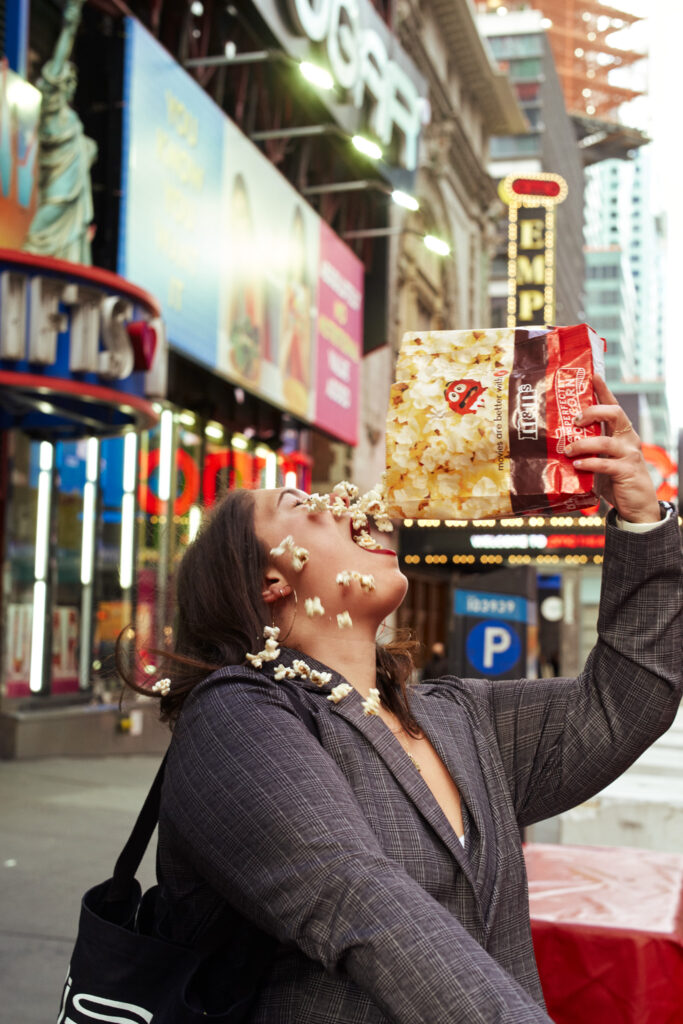
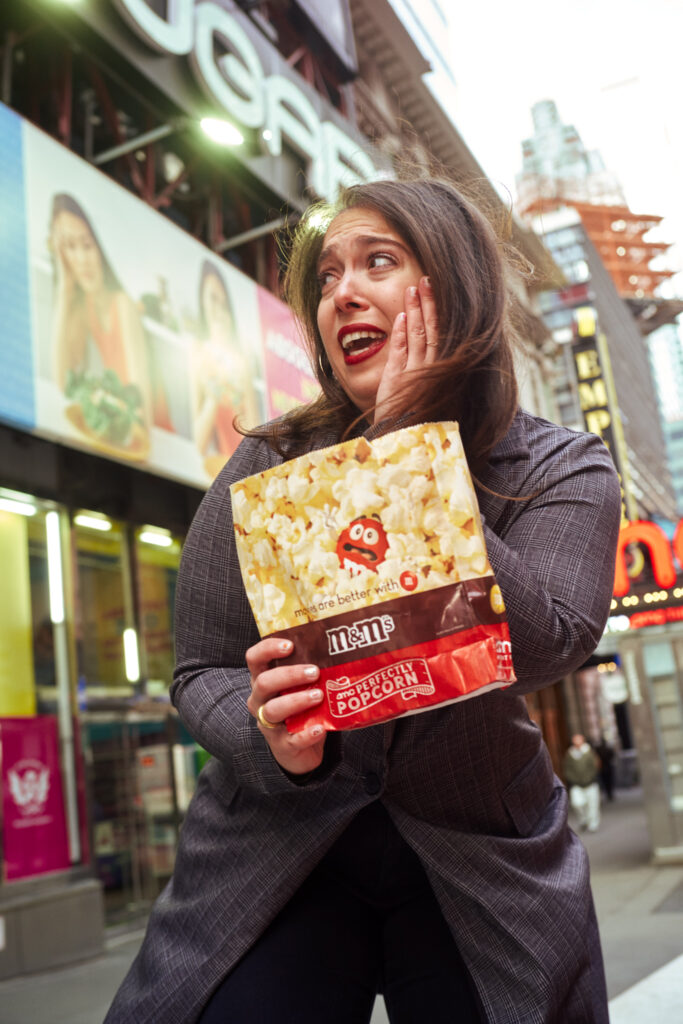

The smell of plastic clamshell packaging and freshly vacuumed carpet permeated the air as my father held the door open for me, the bell above calling out a delightful little ring. “Welcome to Blockbuster” said the greasy teenager behind the counter. “Pick any movie you want”, my dad said. I strode with purpose to the Horror/Sci-Fi shelf, seeking the perfect, scariest looking cardboard VHS dust cover. Scream? Nah, I’ve already rented both 1 & 2. Poltergeist? Meh, seen it, I remain unimpressed…ooh, what’s this, Bride of Chucky? That could work…
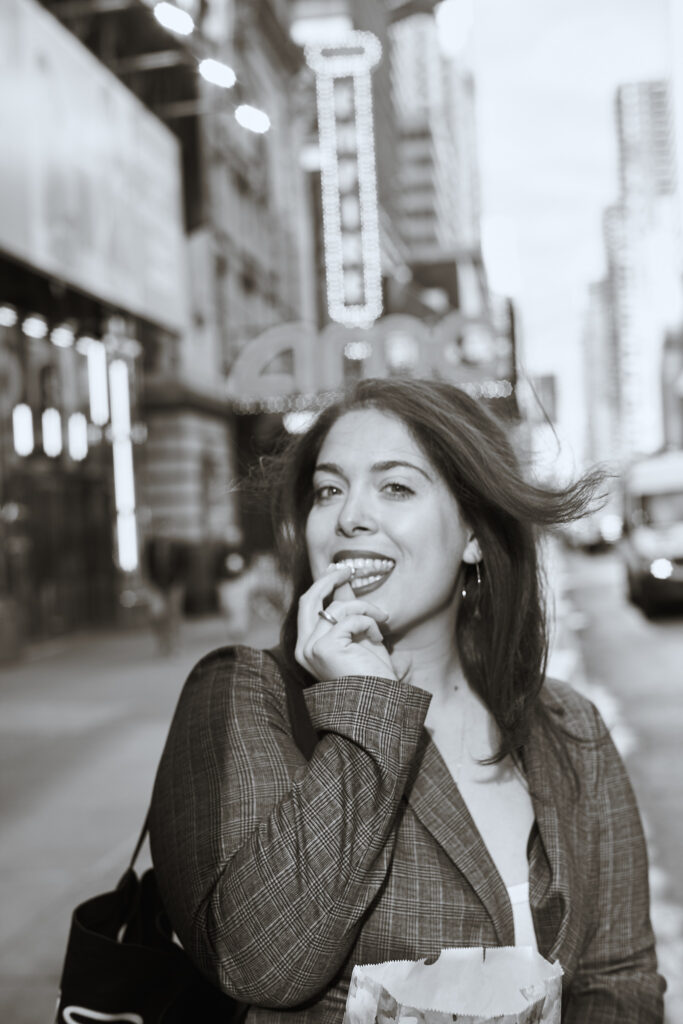
As an 8 year old in suburban New Jersey, trips like this were the highlight of my week. The relationship I had with Blockbuster is something I romanticize as an adult with a seemingly endless collection of scary movies I can digitally thumb through. There is a discernible lack of both purpose and pomp and circumstance associated with perusing Netflix, compared to the ritual of hopping in the back seat, anticipation growing, knowing that I’d need my dad to show his ID in order to rent the movies I wished to see. How grown up; How rebellious! I wonder if my parents were ever concerned that their young and impressionable daughter preferred slasher films to animated ones – that fictional, bloodthirsty predators and psychopaths appealed to her more than more lighthearted characters, like the little green blob from Flubber that accentuated Robin Williams’ brilliant physical comedy, or the lovable, goofy Mr. Magoo.
I vividly remember being curled up on the recliner in the den, shrouded in my favorite blanket which served dual purpose as a source of warmth and as a shield if I felt the need to cover my eyes. The popcorn bowl was never out of arm’s reach, the crunch muffling one of the elements that made these movies so incredibly frightening: the score and the sound effects. Think about it, would the Halloween films be half as thrilling without that iconic, staccato opening theme song? How would any tension build without a lack of sound in a suspenseful moment, followed by a sudden burst of screeching violins and piano dissonance? What about the squelching of organs, the wetness of blood, the crunching and snapping of bones so intricately recorded that they conjure a twisted grimace?
Sound is an incredibly important element in any film, let alone horror films. Nothing makes the hairs on the back of my neck stand up more than a blood curdling scream, accompanied by a chaotic crescendo of music and sound effects. Creating sound for the movies is an art in and of itself. Foley artists are the people who enhance the details of the mundane that emphasize and accompany the feeling attached to a particular scene. Everything you see in a movie scene requires dubbing; Microphones used in filmmaking are only equipped to pick up dialogue. Everything else is added in post-production. When a character walks through the woods, leaves crunching underfoot, that sound was fabricated in a sound studio. The Foley Artist fabricates a theater of the mind of sorts. Without the visual accompaniment, because of their work, you’d be able to determine what’s going on in a scene, even if you’re peeking from behind your fingers. From a refrigerator opening, beer bottles clanging on the door, to a sinister hand rustling through a cutlery drawer, searching for a knife. All of these sonic details are created with everyday objects such as walnut shells and celery stalks (for breaking bones and snapping twigs), tin roasting pans and spatulas (for sword and knife shings), potato chip bags (for fire crackles), gloves and feather dusters (for bird wings), and watermelons and gourds (for those ever-so-gruesome head smashing sounds).
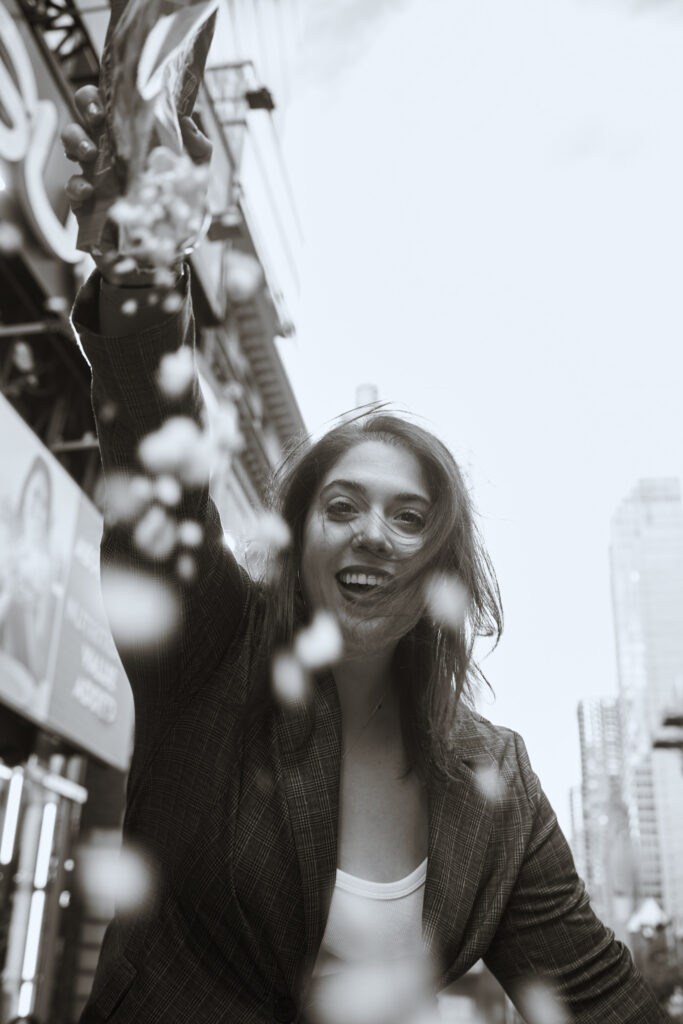
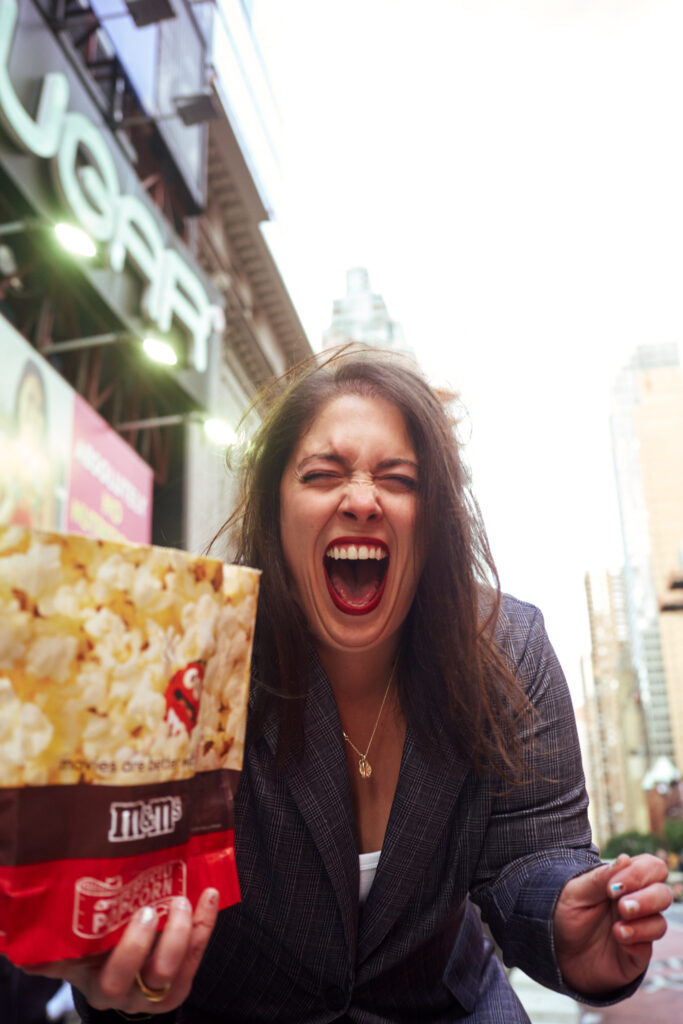
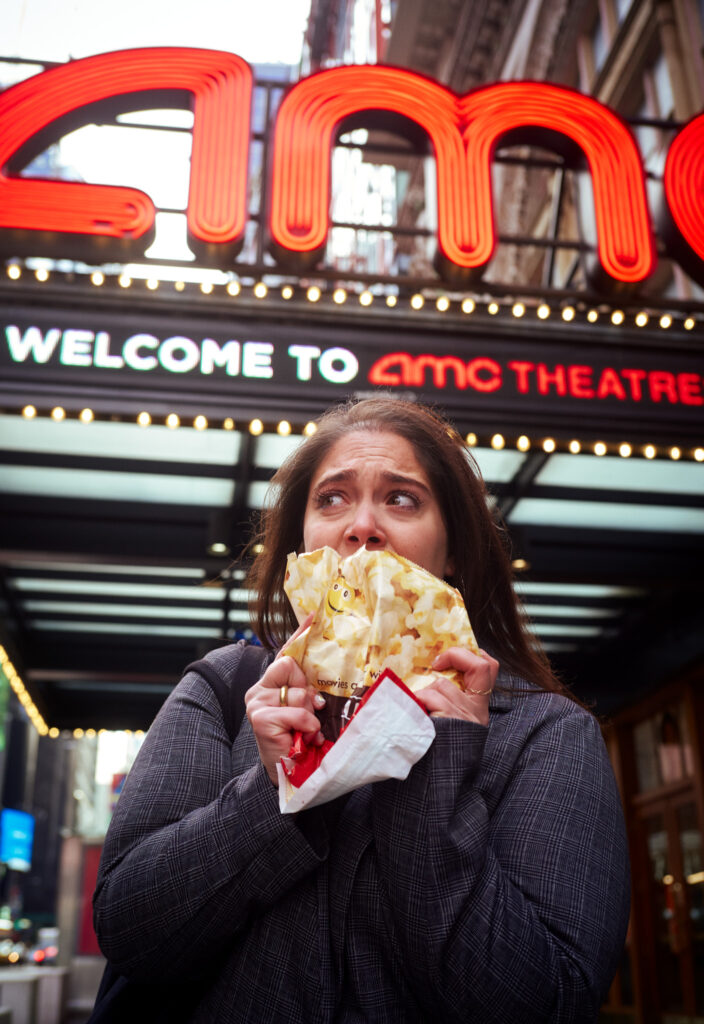
When it comes to sonic accompaniment in films, more specifically music, dissonance plays a huge role. Dissonance refers to a distinct lack of harmony in music. Playing two or three opposing notes can create an uneasy feeling. Add a few staccato violin plucks, and you have yourself a very uncomfy composition. Minor tonalities are also hallmarks in a spine-tingling soundtrack. You usually hear major tonalities in mainstream music (think pop and country specifically), therefore it’s slightly jarring to hear a song in a minor key. Much like Leatherface, music also has texture. Musical texture refers to the layers a piece of music may have, encompassing vocal and instrumental. The more instruments, the thicker the texture. And, I would be remiss if I neglected to mention rhythm and tempo. They’re the twins that truly help make a scene scary and highlight the on-screen action. An actor running through the woods, pumping their legs as hard as humanly possible to outrun a masked murderer wouldn’t produce half the heart palpitations without a thunderous, quick paced composition blaring in the background.
It’s safe to say that the things that go “bump” in the night wouldn’t be as threatening without the “bump”. The next time you watch a horror movie, pay close attention to the sounds in the scene; Recognize the texture, feel the rhythm, try to identify what objects the Foley artist may have used to transport you to a place of terror. And make sure to check out the Spooky Sounds playlist included in this article…if you dare.

